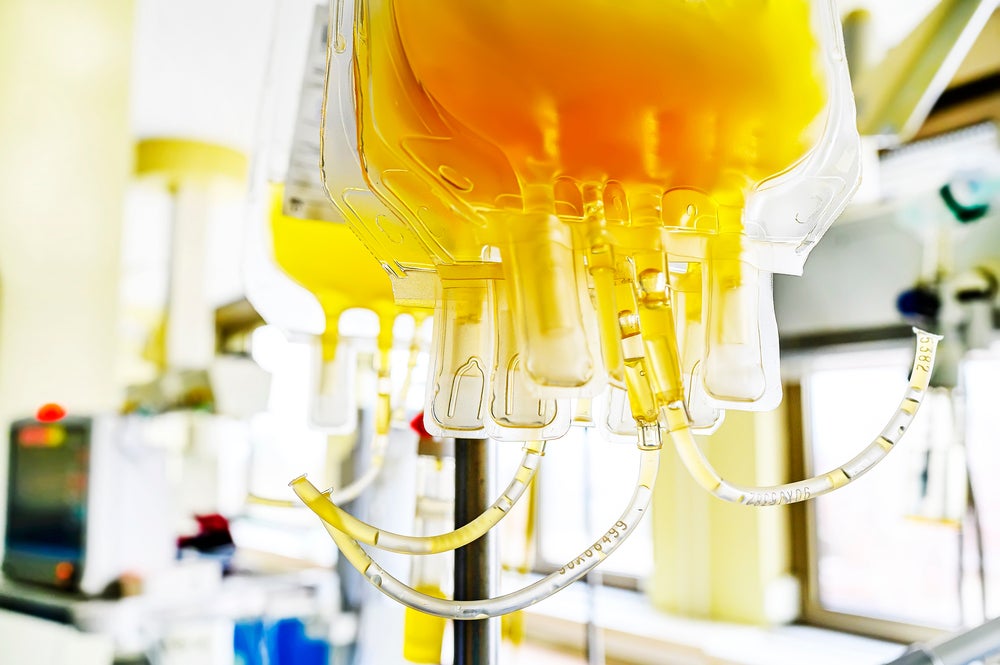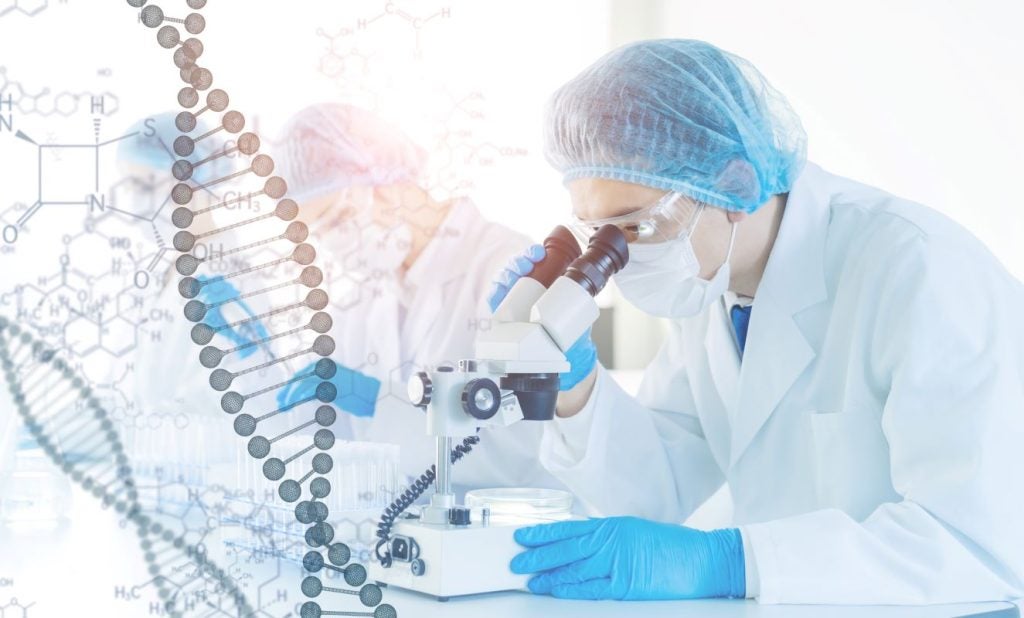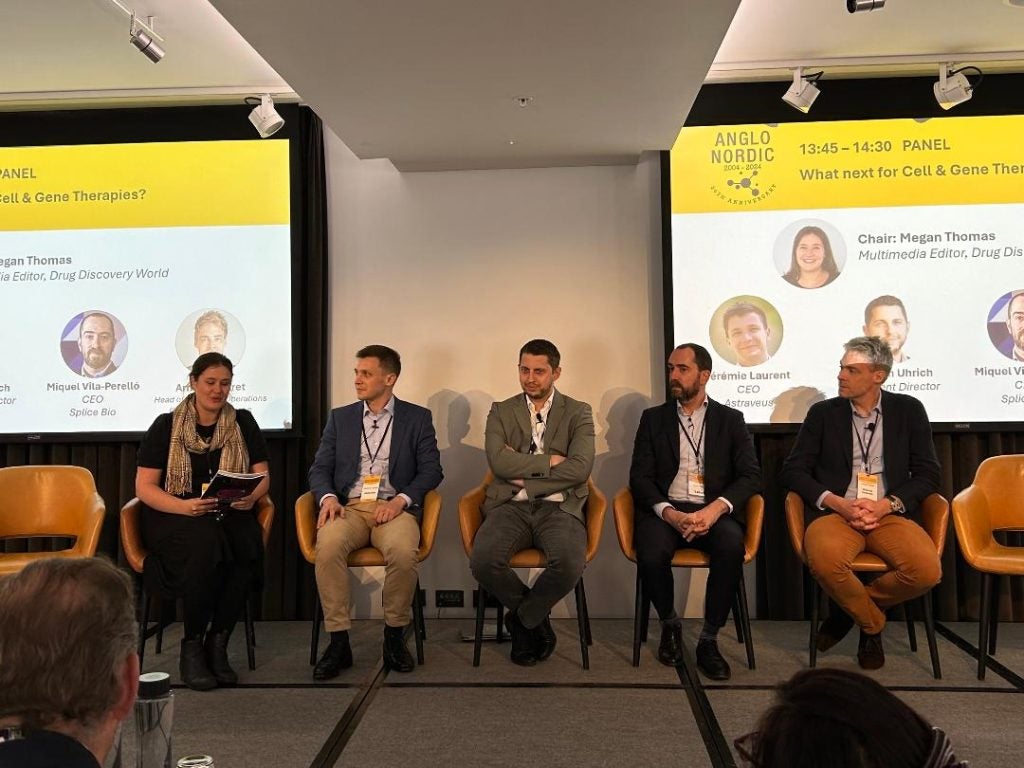
Plasma, a liquid component that makes up around half of the contents of human blood, forms the basis of many therapies for rare and complex diseases. Demand for these life-saving treatments is growing – but in Europe, where 38% of plasma is imported from the US, supplies of the raw material are precarious.
A new report from Copenhagen Economics (CE), commissioned by pharma giant Takeda, has explored the value of plasma-derived therapies for patients and the wider economy, amid concerns about Europe’s long-term supply of plasma for disease treatment.
Significant patient need
The CE estimates that approximately 30 million Europeans are affected by rare diseases, and more than one million patients in Europe are living with the 12 most well-known, such as haemophilia and primary immunodeficiency disease. While there are alternative treatments for some diseases, the CE report emphasises that there are several conditions for which plasma-derived medicines are the only available therapy.
“We have a fragmented picture in Europe in terms of how plasma is being donated. It’s also fragmented in terms of how it’s being used,” says report co-author Tuomas Haanperä. “One thing that is evident from the picture is that we have some diseases where plasma-derived therapies are really the best treatment.
“Even when there are other ways to treat patients, plasma adds to the toolkit of doctors and provides a very important treatment for a number of patients who, without that, would be relying on sub-optimal treatment.”
Plasma donation and procurement
Europe’s supply of blood plasma relies heavily on imports; the plasma imported by the five largest importing countries (Germany, Austria, Spain, Sweden and Belgium) made up 2.5% of the total imports of medicinal and pharmaceutical products to the EU in 2017.
How well do you really know your competitors?
Access the most comprehensive Company Profiles on the market, powered by GlobalData. Save hours of research. Gain competitive edge.

Thank you!
Your download email will arrive shortly
Not ready to buy yet? Download a free sample
We are confident about the unique quality of our Company Profiles. However, we want you to make the most beneficial decision for your business, so we offer a free sample that you can download by submitting the below form
By GlobalDataThere is a risk the supply will not keep pace with the increasing demand for plasma-derived therapies in Europe, the report says, and the scarcity of donated human plasma is a key factor in the industry’s inability to scale-up the production of the treatments.
Only four countries in Europe – Germany, the Czech Republic, Austria and Hungary – allow for monetary compensation of donors and for plasma collection by private entities, while non-financial reimbursement and procurement policies vary across the continent.
In the report, CE describes the “commoditisation” of plasma-derived therapies, where different treatments are “treated as homogenous, undifferentiated products and therefore procured and priced as such.” It offers the varying immunoglobin therapies as an example; reimbursement policies can vary depending on the type of immunoglobulin therapy, and in some countries only one specific type is reimbursed. As a result, some patients will receive suboptimal treatments for their specific medical need, even if better options are available.
Securing plasma supply
According to the report, a re-evaluation of donation schemes across Europe is needed to help secure the continent’s plasma supply. The authors say that while the reimbursement of expenses associated with plasma donation is “ethically acceptable, compatible with the principle of VUD, and in line with European legislation”, such reimbursements are not currently available in all EU states.
“A paradigm shift in the compensation of plasma donors in Europe that includes a small monetary or non-monetary compensation will be ethically acceptable, significantly increase donations, and make the European supply of plasma-derived therapies more resilient to shocks in the supply chain,” the report states.
Though it says there is a strong case for revisiting plasma donation schemes, the report stresses that compensation should not incentivise donations from people who otherwise would not have done so.
Haanperä also points out that CE does not make specific policy recommendations in the report, but rather provides an evidence base upon which policies to secure Europe’s plasma supply can be developed and implemented.
“What we do highlight is that this principle of voluntary, unpaid donations can be complied with different donation schemes,” he says. “These solutions have been made to work, and they can be compatible with the directive and ethically acceptable. There is an important distinction between compensating donors for the costs they incur, and incentivising donors who otherwise wouldn’t donate.”
A spokesperson for Takeda, the pharmaceutical company that commissioned the report, said: “Global demand for plasma and these vital therapies continues to exceed supply, much of which is due to a lack of infrastructure for collecting and fractionating plasma and highly restrictive regulatory and legislative frameworks in place.
“Some of these policies and regulations have not kept pace with current scientific understanding. We are hopeful that heightened awareness will help foster conversation surrounding the urgent need to update laws and regulations supported by science that govern the collection of human plasma for the production of these essential medicines.”







